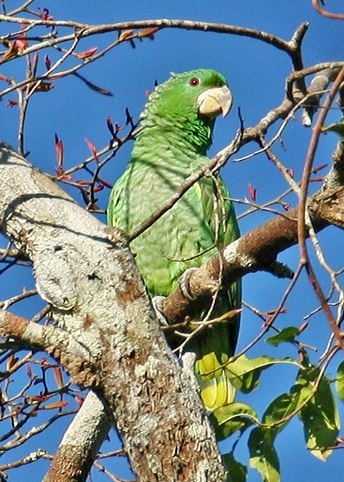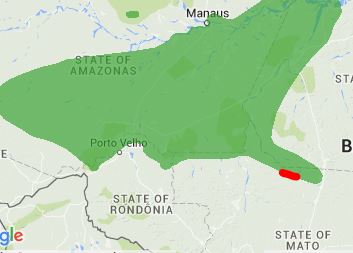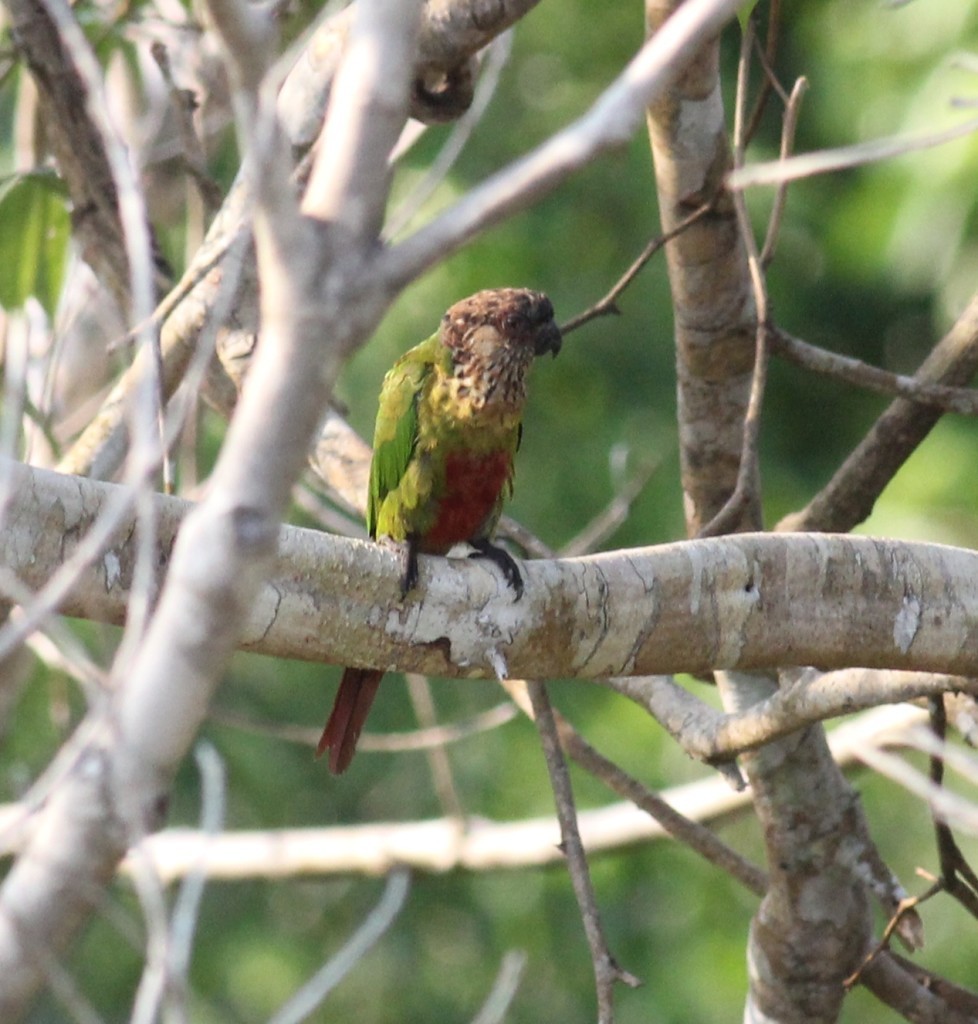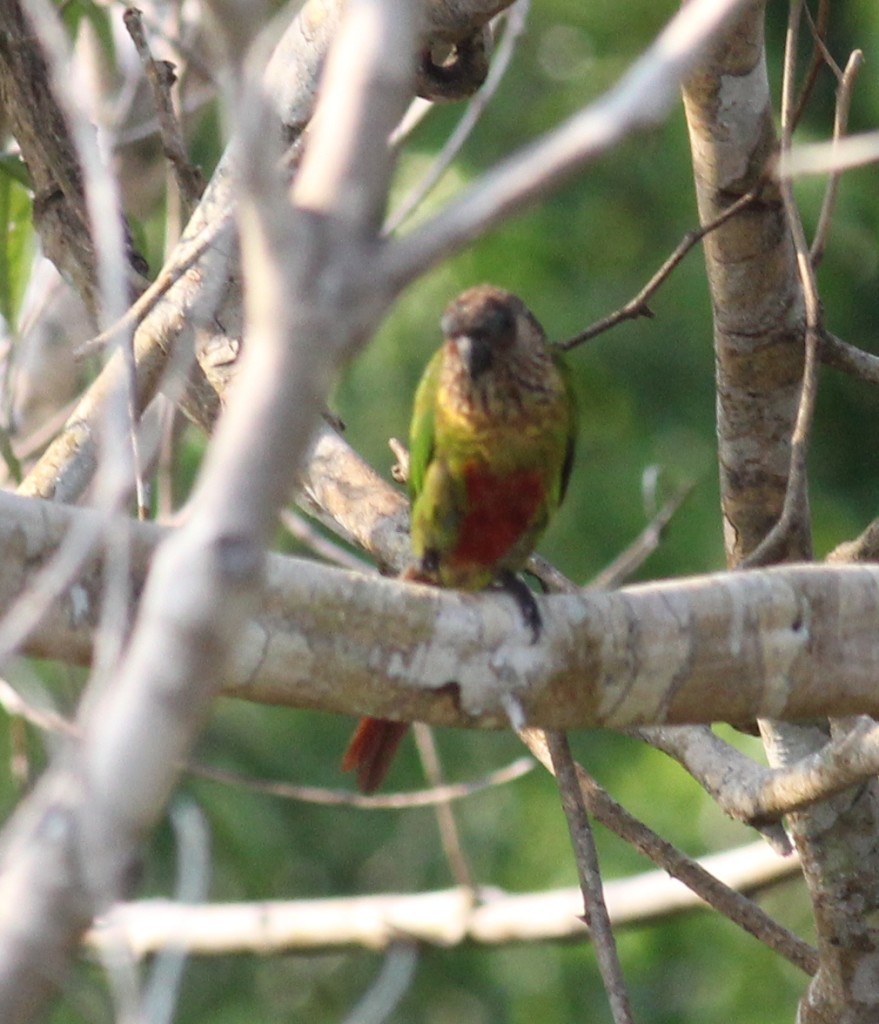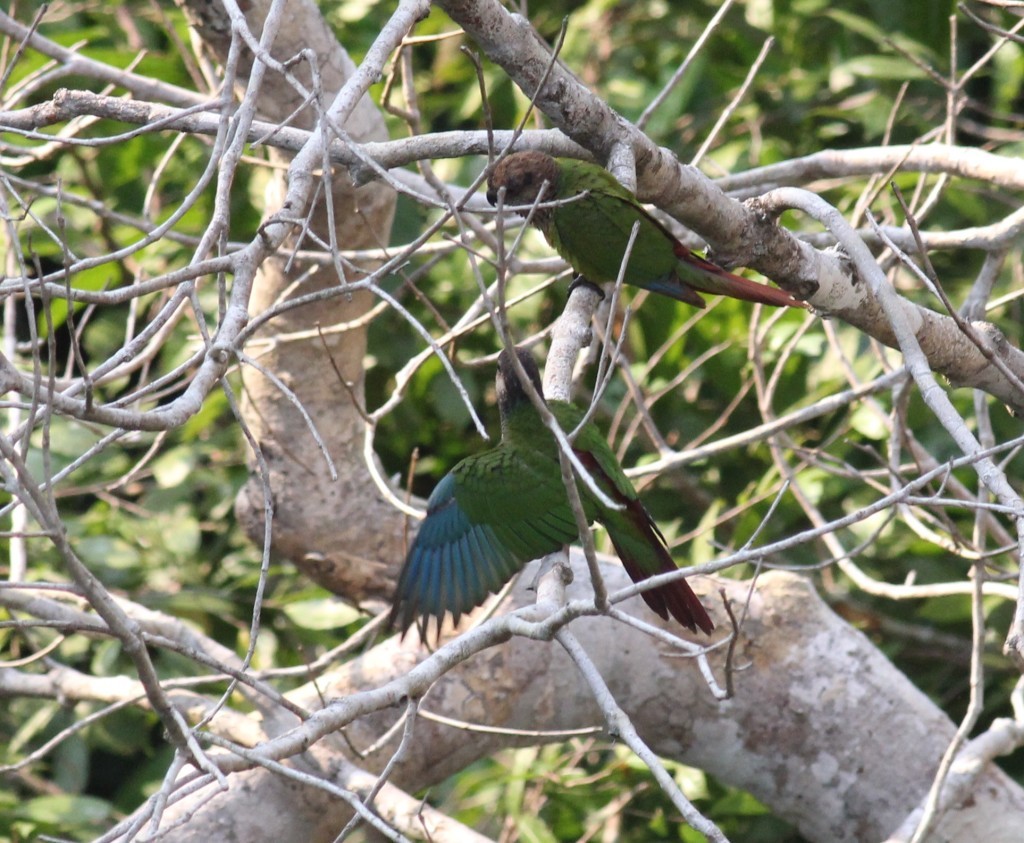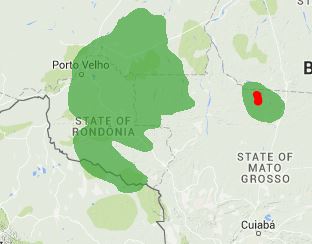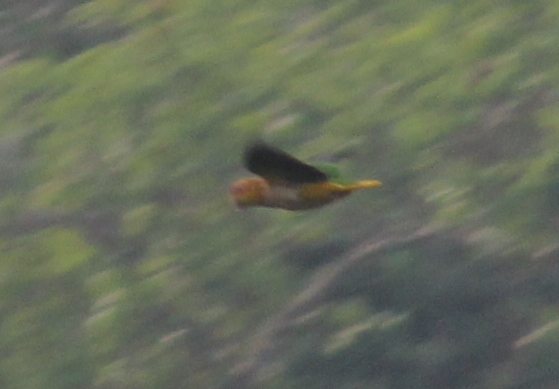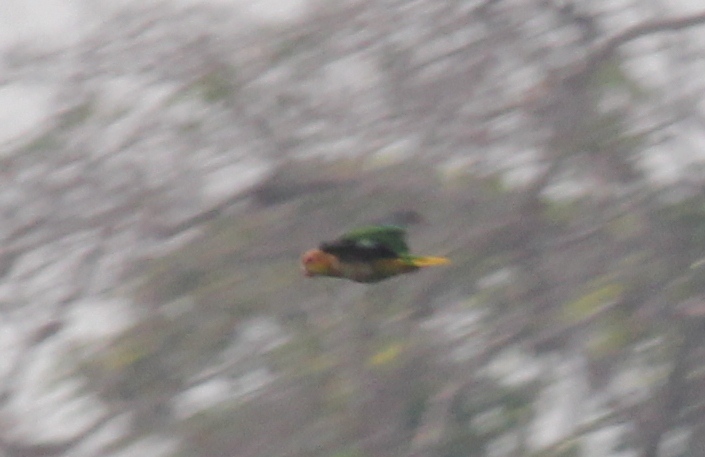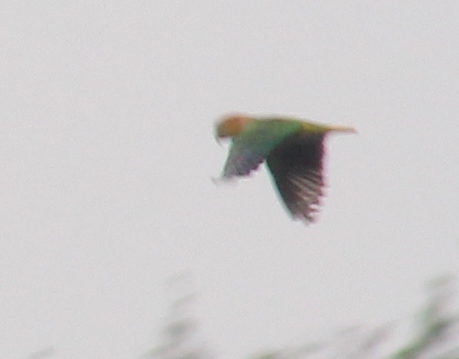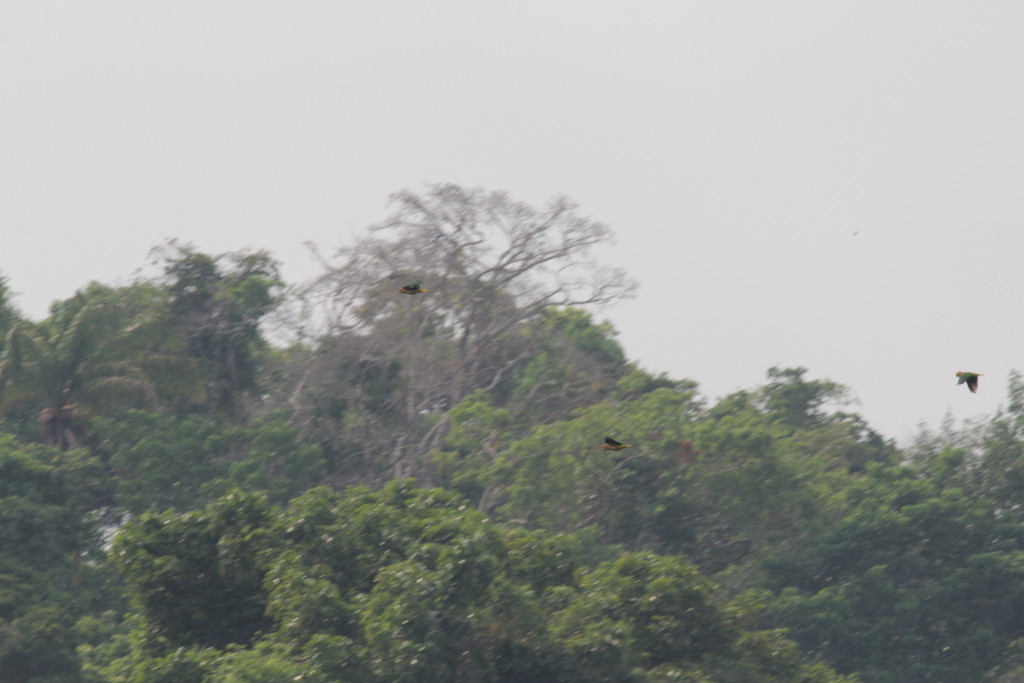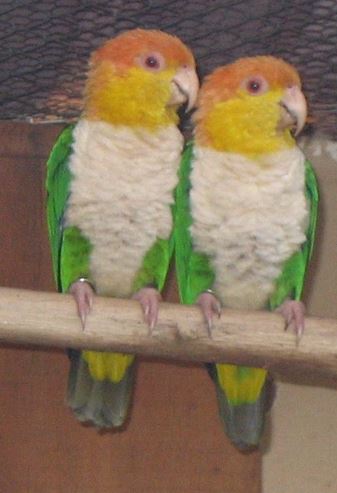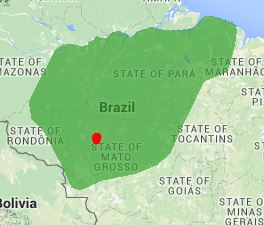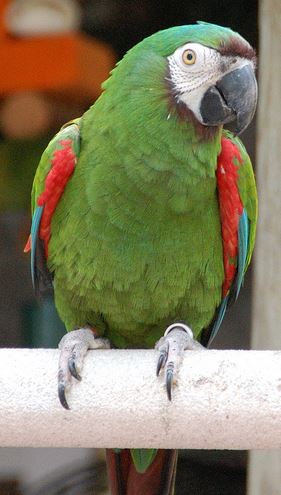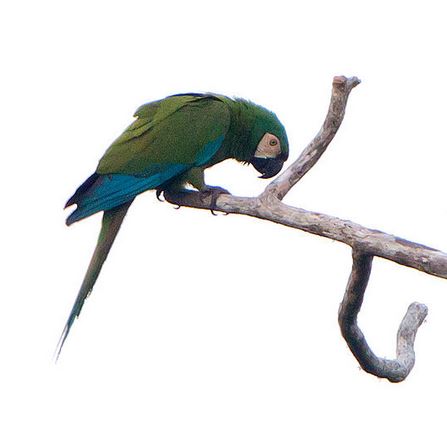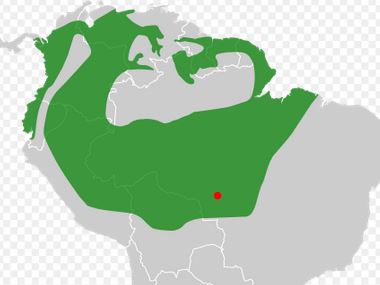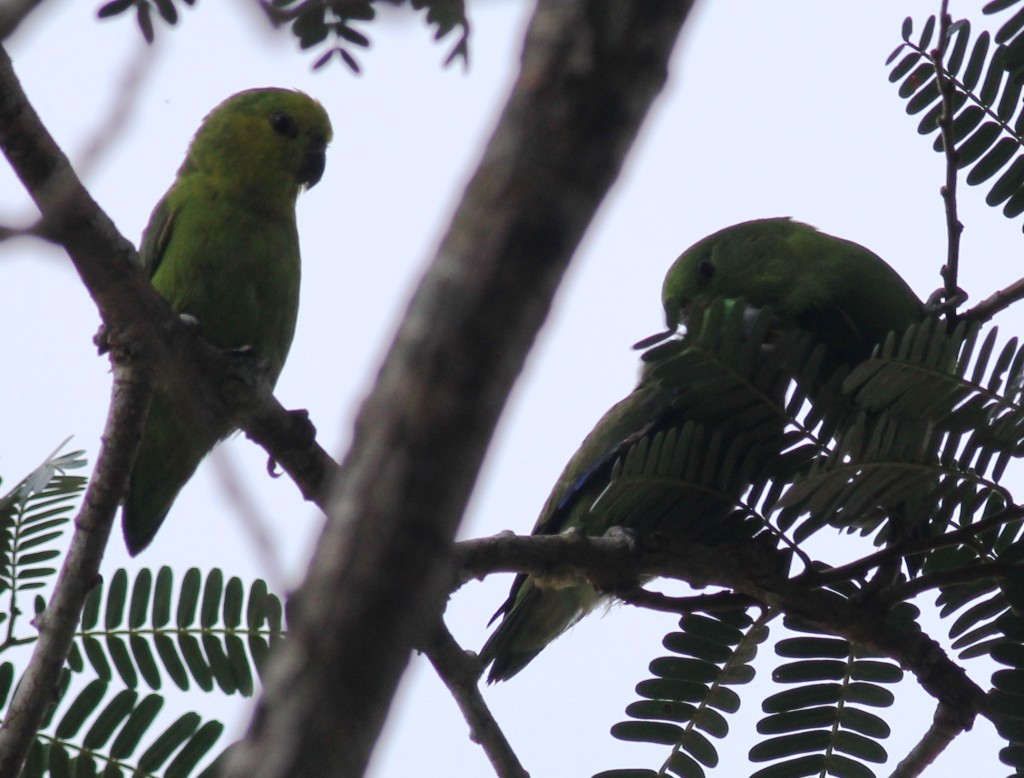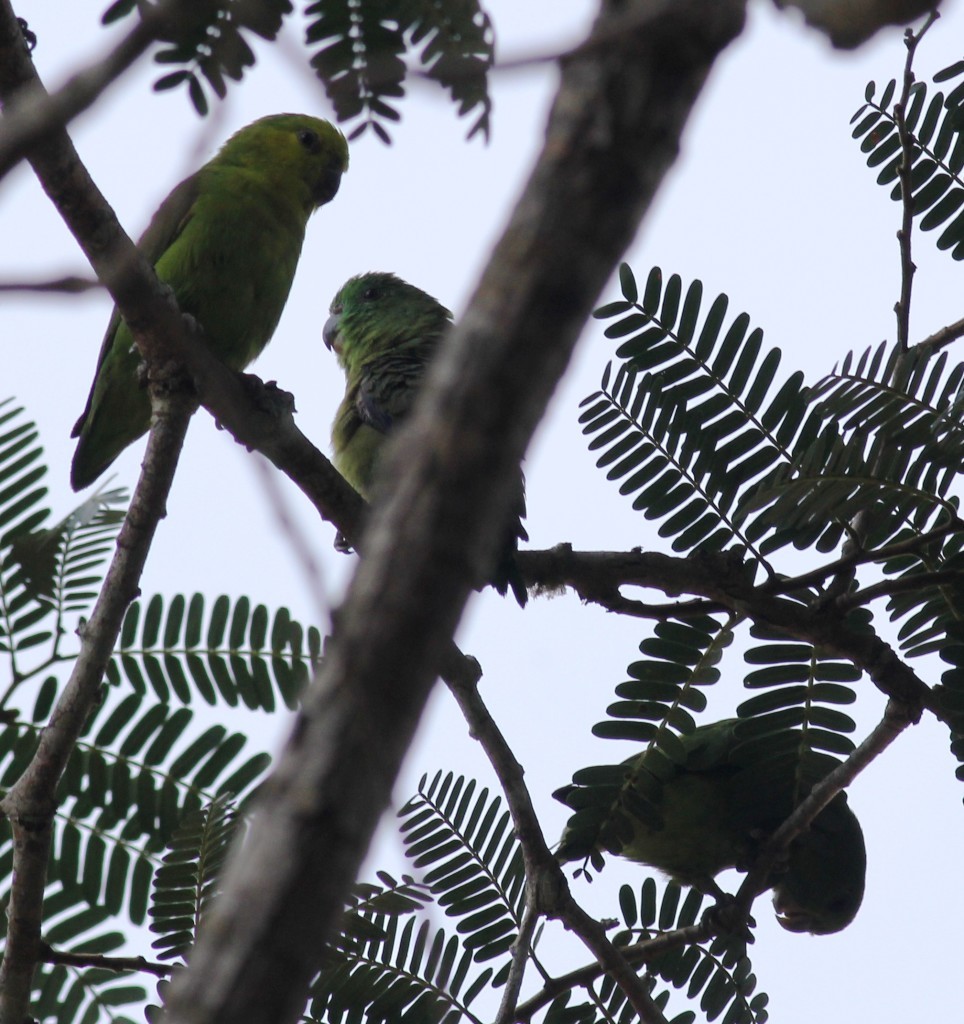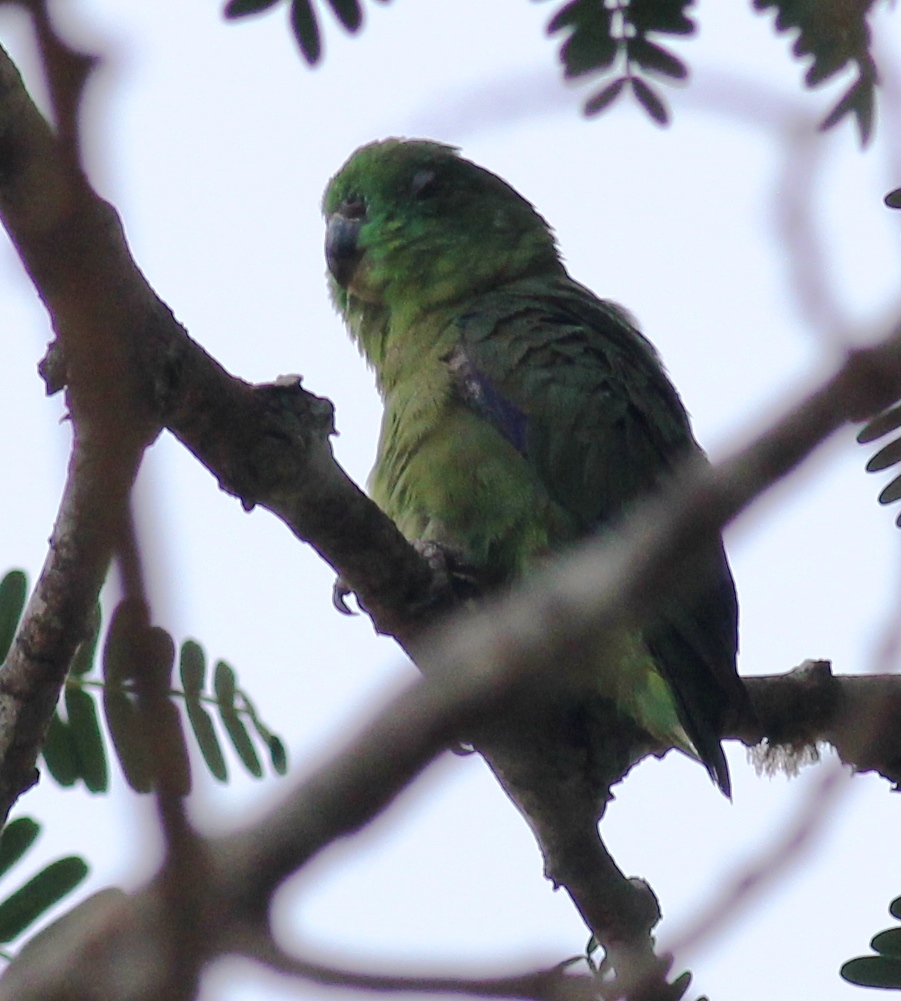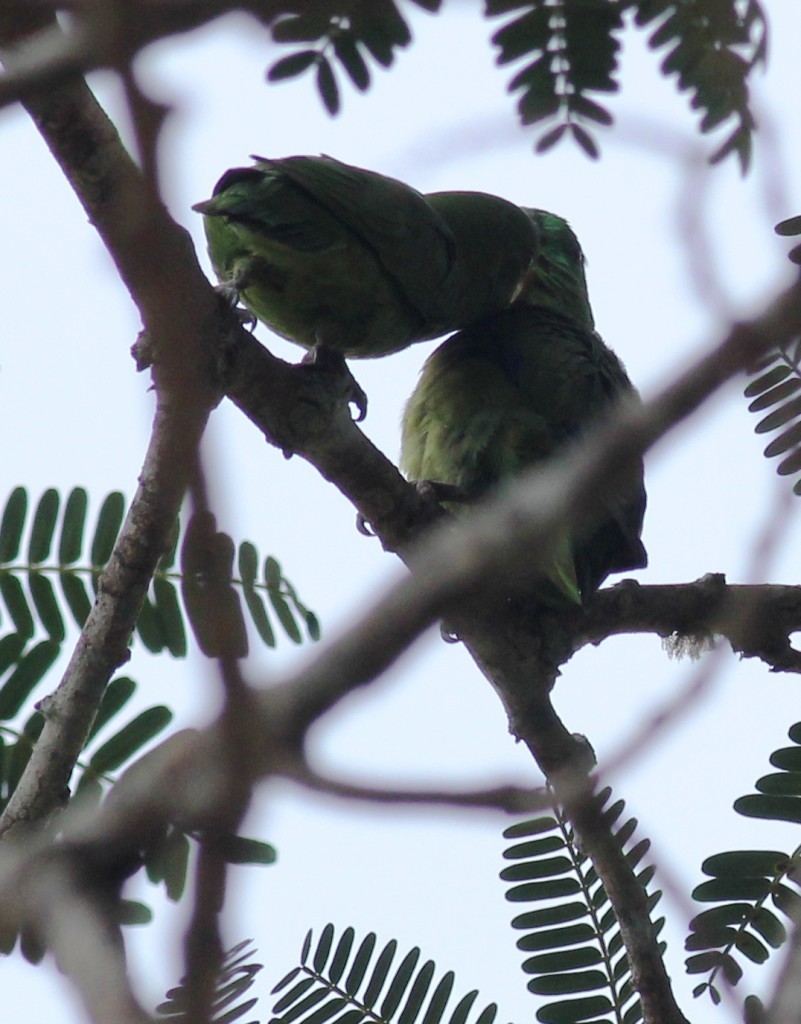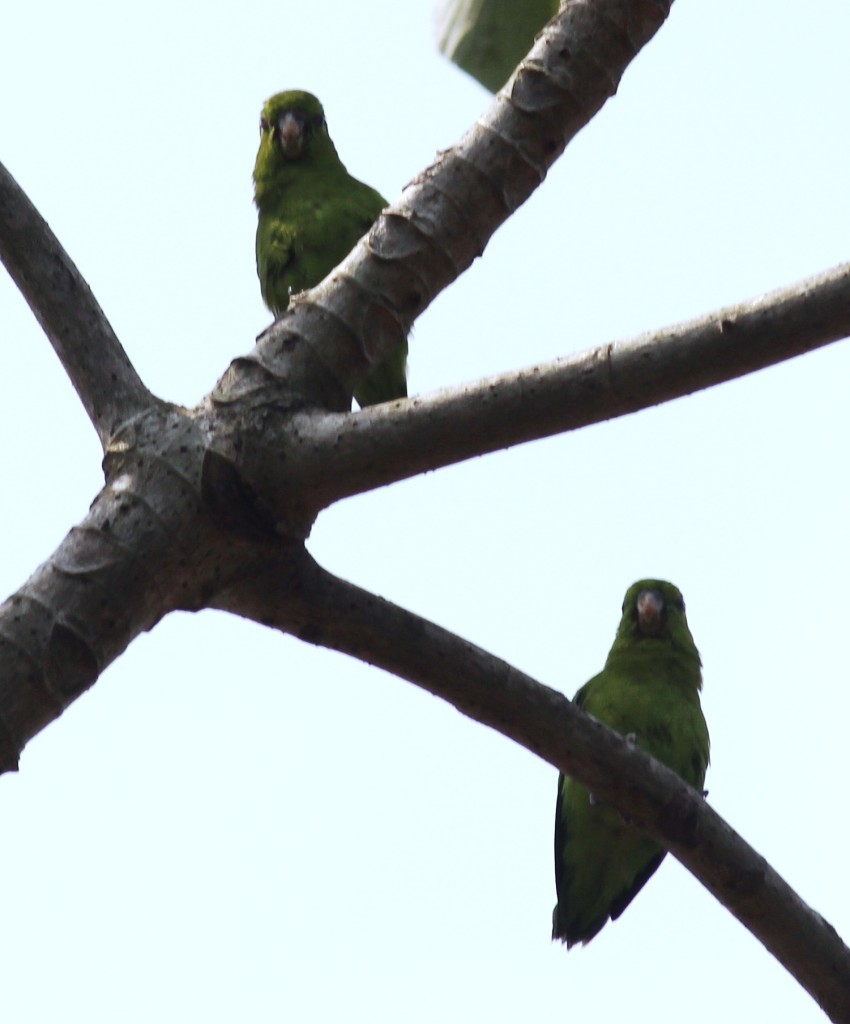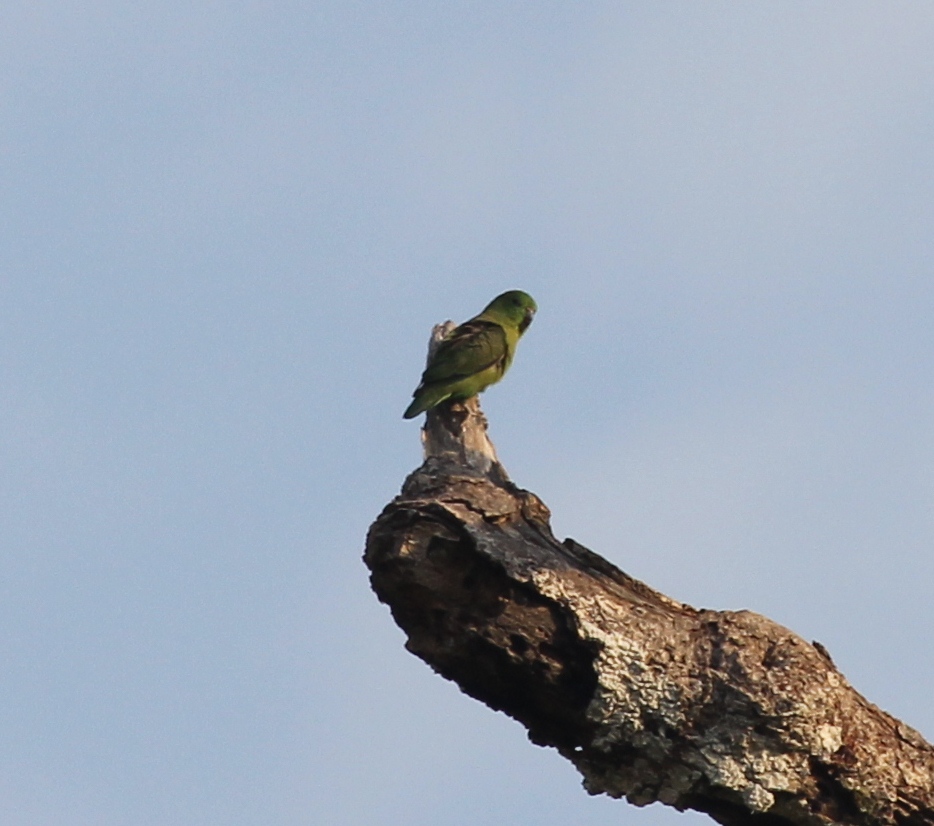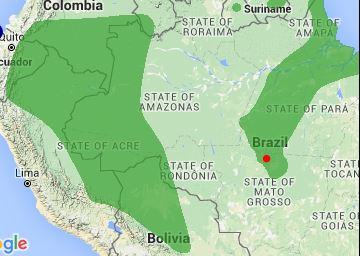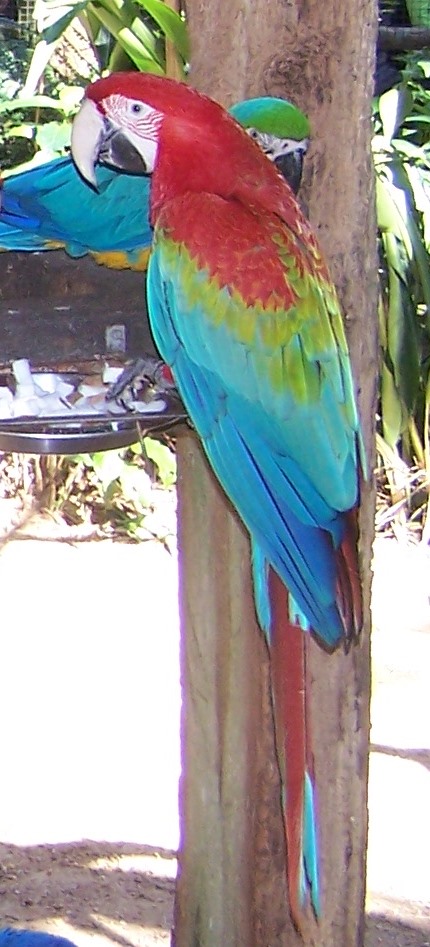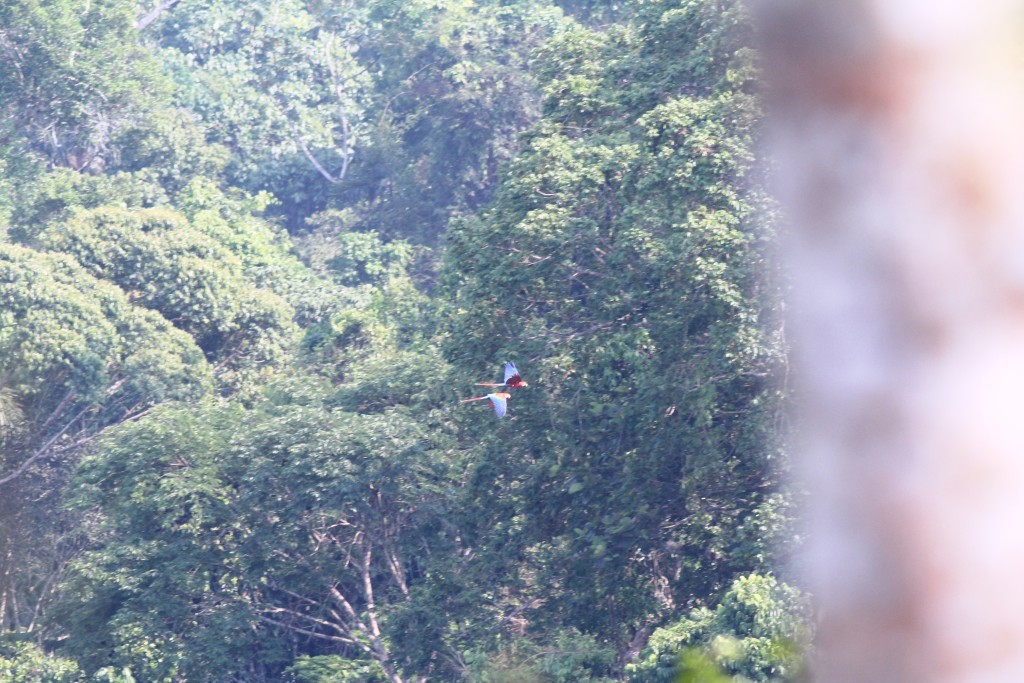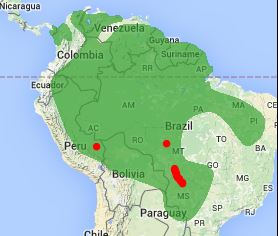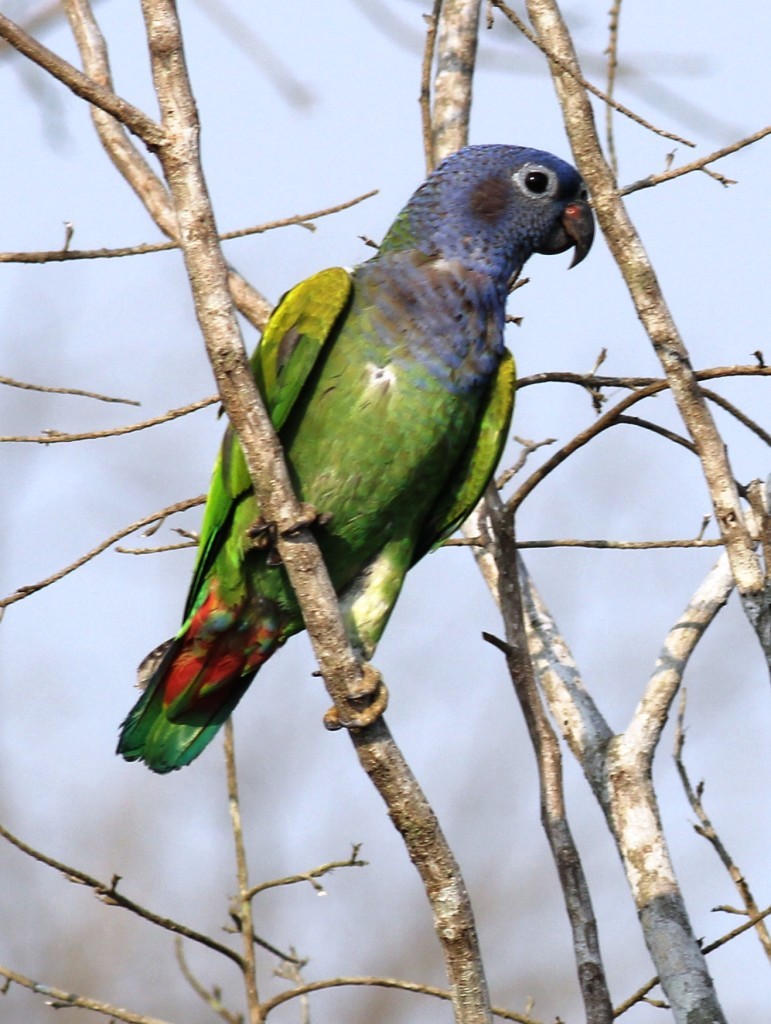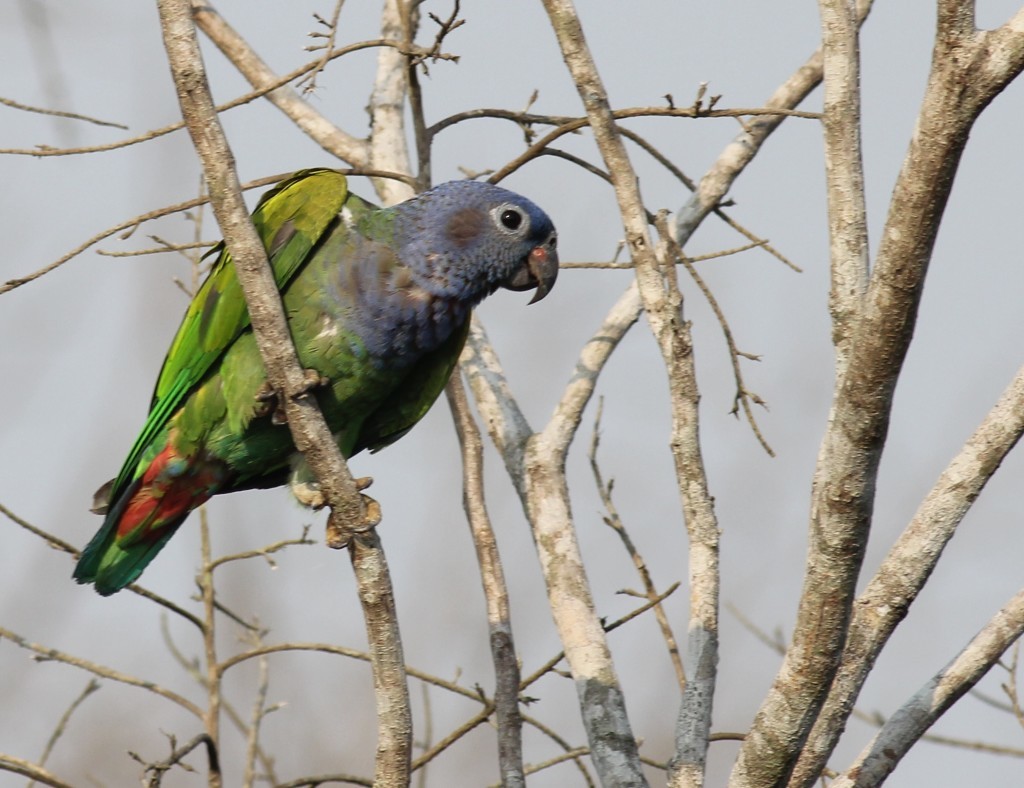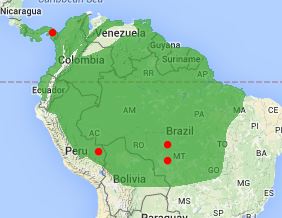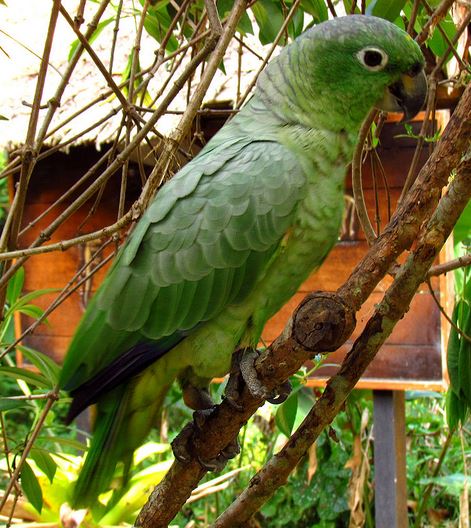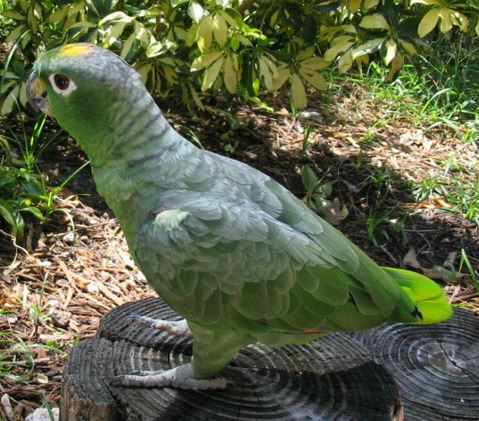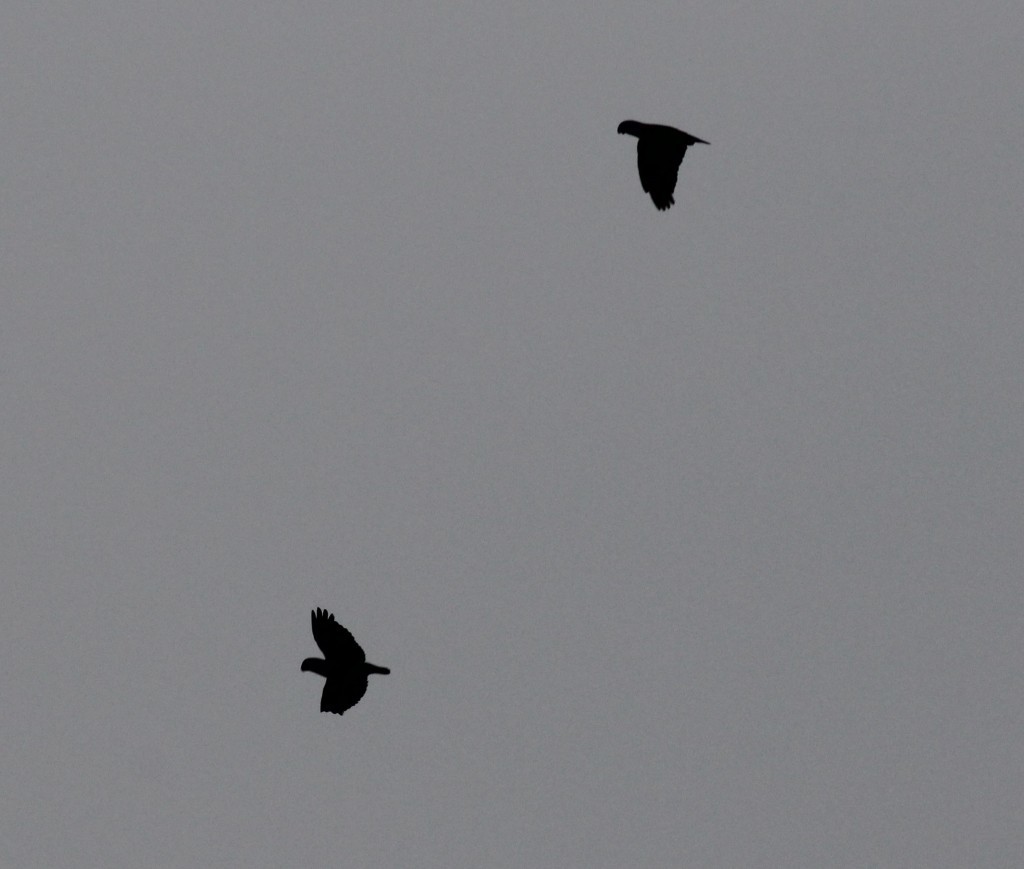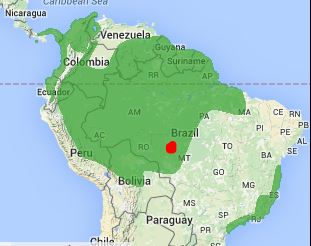The Red-masked Parakeet (Psittacara erythrogenys) is a medium-sized parrot from Ecuador and Peru. It is popular as a pet and are known in aviculture as the Cherry-headed Conure or the Red-headed Conure. Many people will be familiar with them from the movie “The Wild Parrots of Telegraph Hill”.
This was the best I could get in Cerro Blanco, only this one little cutie came fairly close.
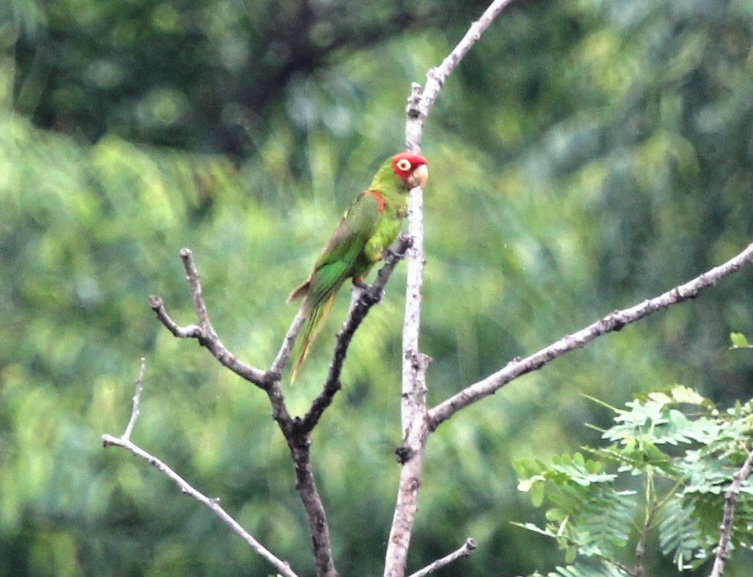
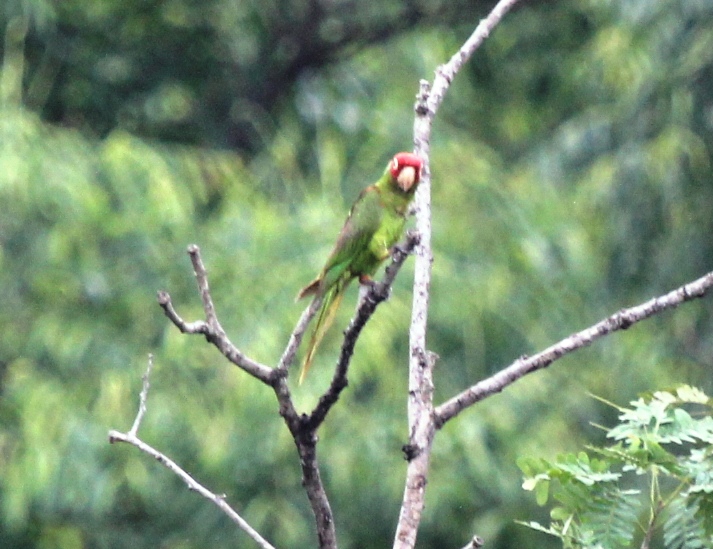 . Although feral populations are easily seen in parts of California, they are actually natives of southern Ecuador and northern Peru. The easiest place to see them is Cerro Blanco Reserve just 20 minutes out of Guayaquil. You could also possibly see them on a day trip from Mindo headed towards the Pacific coast.
. Although feral populations are easily seen in parts of California, they are actually natives of southern Ecuador and northern Peru. The easiest place to see them is Cerro Blanco Reserve just 20 minutes out of Guayaquil. You could also possibly see them on a day trip from Mindo headed towards the Pacific coast.
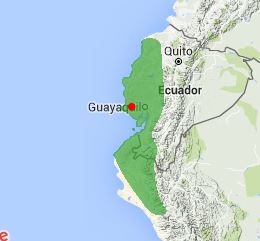
LEARN MORE ABOUT RED-MASKED PARAKEETS
VIDEOS
Although I was extremely grateful I got to see ONE bird fairly close and a flock flying by in the distance, others were lucky enough to get whole flocks close up!
Meanwhile back in California…………….please note that this is an older video and it is no longer allowed to feed the birds.

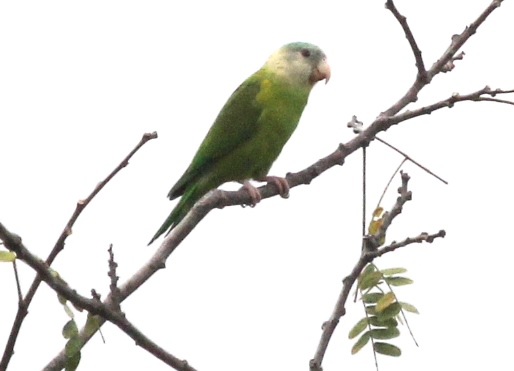
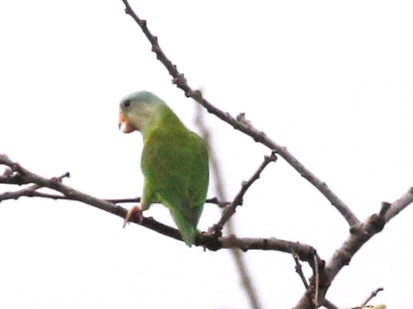
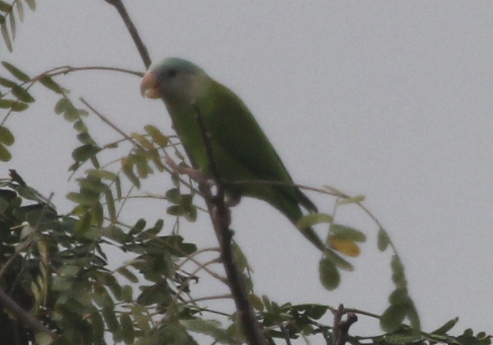
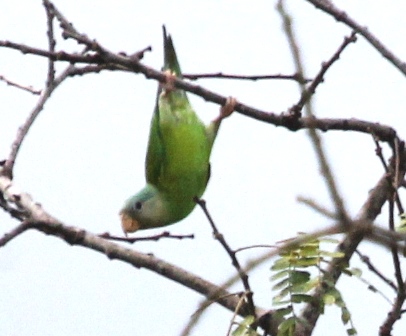
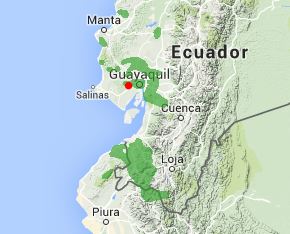
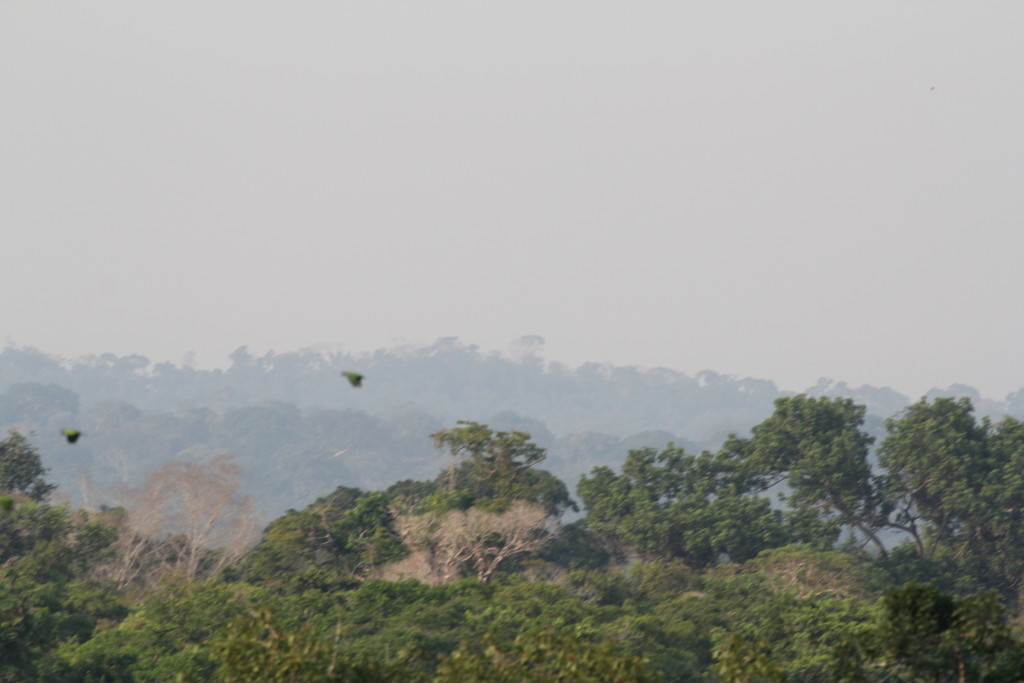
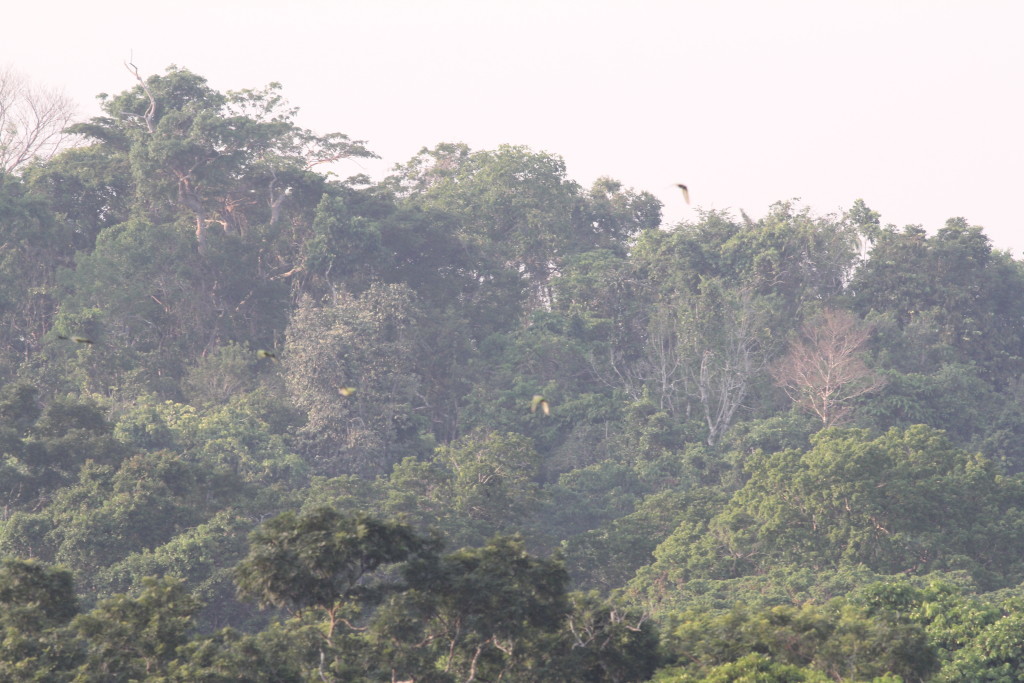 I couldn’t get a decent shot so here’s one from Wikipedia.
I couldn’t get a decent shot so here’s one from Wikipedia.